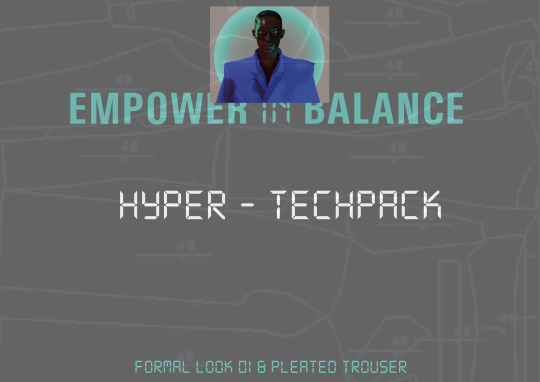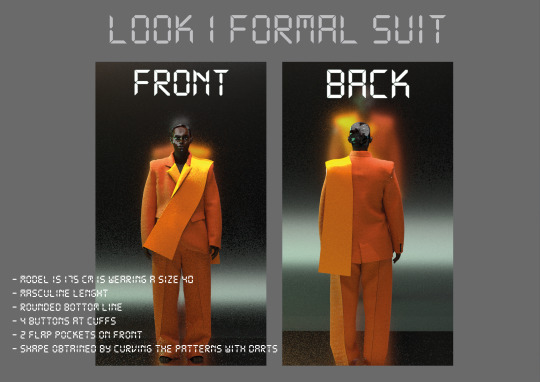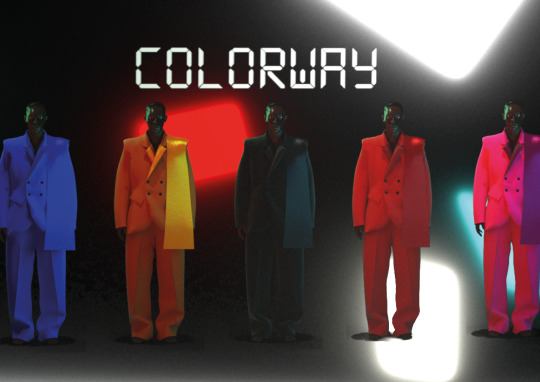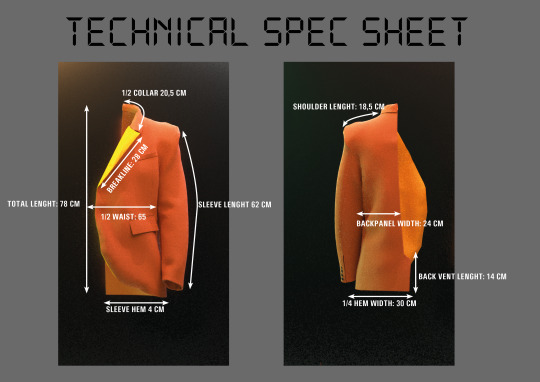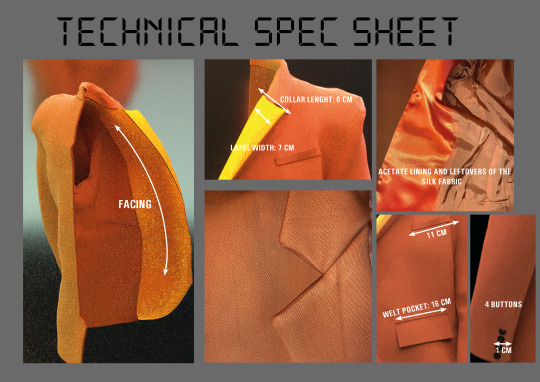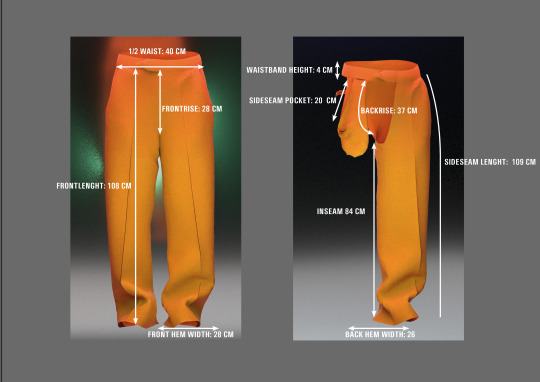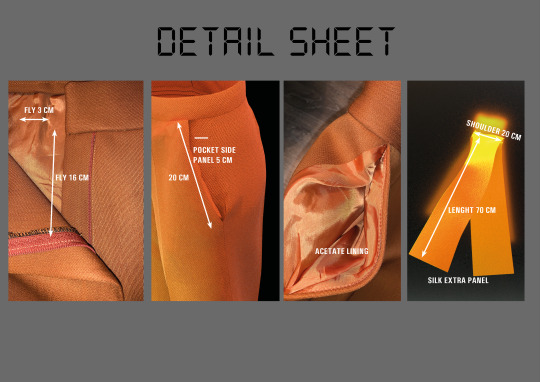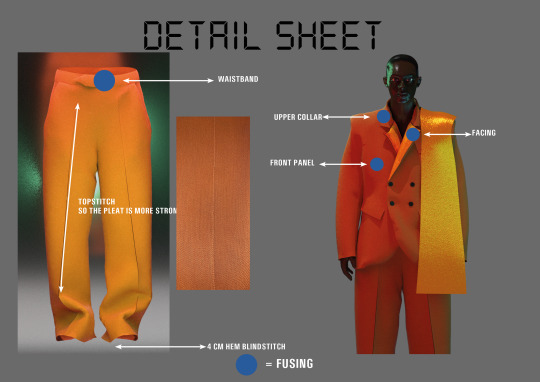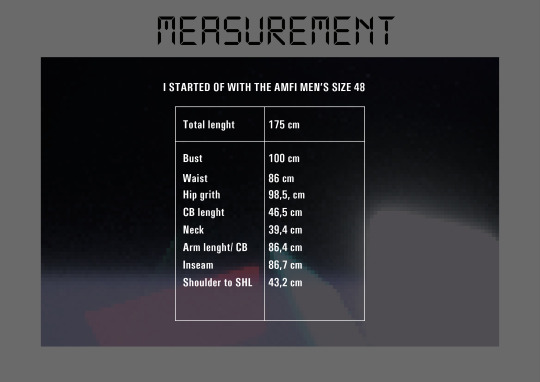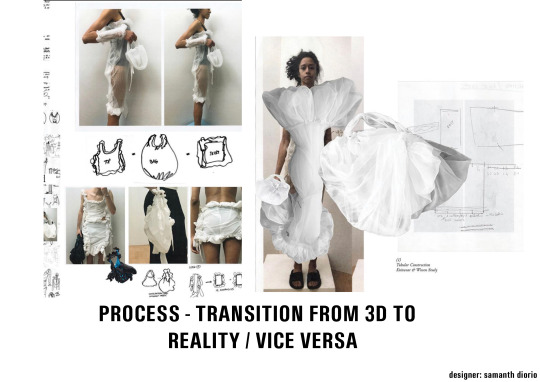#technicaldevelopment
Explore tagged Tumblr posts
Text
It’s been a while now since low-code platforms took the world by storm. When they firstarrived, these platforms came armed with visual editors that we're able to reduce coding time manifold. As a result, productivity improved by a mammoth amount. Low-code platforms really seemed like the best thing after sliced bread.Until... the no-code revolution came along. No-code platforms are (paradoxically) a step upfrom the low-code ones in the sense that these platforms made the process of coding evensimpler – by making it virtually non-existent.Both low-code and no-code platforms have completely transformed the software development space. This is why you might be forgiven for thinking that the two of them are quite similar to each other. Going by the names of the platforms (“low-code” and “no-code”), they do seem like siblings in the coding space.However, there are certain key differences between the two that make them entirely different.What are they, and how do they affect the development of software in this modern world ofours? Let’s take a look!1. Target AudienceThe most important difference between low-code and no-code platforms is the targetan audience that the two are aimed at. Low-code platforms are aimed towards softwaredevelopers and IT engineers who already possess the technical know-how of coding.No-code platforms, on the other hand, are aimed towards citizen users who are completenewbies when it comes to coding. These users come from all sorts of backgrounds, and theytypically do not hold any sort of technical expertise when it comes to software development.2. PurposeSince low-code platforms and no-code platforms have been developed for different targetaudiences, they also serve very different purposes. Low-code platforms, for instance, allowdevelopers to do what they have been doing all their lives, albeit in a much more efficientmanner. In other words, low-code platforms only exist to speed up the process of technicaldevelopment. Increasing the productivity of the developers by saving precious time andthe effort, therefore, is the main purpose that low-code platforms serve.On the contrary, no-code platforms exist solely to improve the user experience of users whowish to develop an application. Since no-code platforms are aimed at newbies, they entirelyabstract the technical details of software development to the back-end. This leaves users ofno-code with a clean and easy-to-understand user interface.3. OpennessLow-code and no-code platforms differ in the amount of openness that they afford to theirusers. Low-code platforms are better in this regard because developers can use suchplatforms to make customizable codes for their applications. Users can either tweak existingcodes or add and delete certain codes to make crucial changes to the application that they arebuilding.No-code platforms, as you might have guessed, are entirely closed off to the user. This meansthat users cannot write in any customizable codes whatsoever. In other words, the old adage,“what you see is what you get” holds true in this regard. This is what makes no-codeplatforms so ideal for a beginner.4. Use CasesThe openness that a low-code system offers to the user makes low-code platforms applicableto a wide variety of use cases. Low-code platforms can be used for developing extremelydemanding business applications as well as most kinds of heavy-use consumer applications.The apps that are developed by low-code can thereby be used in support major businessoperations and processes.No-code applications, on the other hand, are not great for developing demandingapplications. This is why the number of use-cases that are applicable to no-code platforms aresignificantly less when compared to low-code platforms. In other words, no-code platformscannot really be used to create anything other than stand-alone mobile apps or front-end appsthat are not required for critical business operations.5. IntegrationSystem integration is another area in which low-code platforms and no-code platforms differvastly.
Since low-code apps can be edited by the developer, they are more compatible withsystem integrations. Apps that have been developed by low-code, therefore, allow users touse data from all kinds of systems.Predictably, the case is reversed when it comes to no-code apps. Integration with othersystems are not possible or extremely difficult with apps that have been developed through no-code platforms.6. BudgetLow-code platforms allow developers to create more complex applications and moredemanding solutions that can cater to the growing needs of a business. This is the reason low-code platforms require users to shell out a higher budget.On the other hand, no-code apps are quite inexpensive in comparison, since they are for thedevelopment of extremely simple and basic apps that do not require customization.7.UpgradesBecause of the amount of customization that low-code platforms give to the user, low-codeplatforms suffer from limited backward compatibility customization. This means thatupgrades that developers release for low-code apps can turn out to be a bit of a pain.Upgrades to a low-code app inevitably make changes to the manner in which the app works.This ultimately affects the way in which customers can use a particular functionality.No-code apps, however, do not suffer from this problem. This is mainly because, as we haveAs already discussed, no-code apps are developed in a closed system. This means that apps that have been developed on no-code platforms will only have one version at any given time.Upgrades, therefore, do not cause breaks in the system or changes in the functionality.8. TrainingLow-code platforms offer customizable options and are slightly more complex, which meansthat they are accessible to experienced programmers only. It is required, therefore, for usersof low-code platforms to have undergone some kind of technical training.No-code platforms, on the other hand, can be used by pretty much anyone and everyone out there. No prior training in software development is required for no-code apps.9. Simplicity of UseBoth low-code platforms and no-code platforms exist to make our lives easier. However, thetwo platforms differ significantly in the amount of simplicity they afford to the users. Forinstance, since low-code platforms require some amount of technical expertise for thedevelopment of apps, they are definitely more complex to use.No-code platforms, on the other hand, exist solely to cater to the layman and are thereforeknown specifically for their simplicity of use.10. Data GovernanceData structures and levels of data quality differences when it comes to low-code apps and no-codeapps. Data structures are much easier to manage when apps have been built with someamount of code., which means that low-code apps are easier to manage in terms of largeamounts of data.On the other hand, stand-alone apps that have been built with no-code are prone to severalversions of the truth littered across varying structures and levels of data. This is why aspectssuch as customer records management and general data protection regulation can becomequite challenging on no-code apps.Low-code or no-code? Which is better for you?As you can see, both low-code and no-code are like two sides of the same coin. On the oneside, they both exist to increase productivity and reduce the amount of time and effort youwould otherwise be spending on high-end coding solutions. On the other hand, the way they go about providing this to the user is entirely different.Now, before you decide whether you should choose low-code or no-code for your own app, it would be a good idea for you to first examine the kind of solution you require at this moment.Do you wish for an app that can be integrated into various aspects of your business ecosystem? Then go low-code. On the other hand, do you wish to build an app to solve anan immediate business problem without calling your IT professionals away from criticalprojects? Then go no-code. As you can see, which platform you choose really does depend onwhat end solution you require for your business.
You can rest assured that no matter which platform you choose, you will be improving onspeed and productivity to a great extent. There is no denying that both low-code and no-code have changed the face of software development in recent years. It is likely, therefore, that they are going to do the same for your business as well.
0 notes
Photo

WEBSITE DESIGN
1 note
·
View note
Text
Multithreading & Multiprocessing Libraries
concurrent.futures module lets developers execute concurrent threads/processes asynchronously and provide very easy to use interface for it.
subprocess module let developer spawn new process from the existing process. It lets the developer connect to input/output/error streams of newly spawned processes and also collects return codes.
Multiprocessing module lets spawn new processes from the existing one and has the same API as that of the threading module.

#FollowFriday #CoderzColumn #TechnicalDevelopment #Python
Please Visit The Link
1) https://coderzcolumn.com/tutorials/python/multiprocessing-basic
2) https://coderzcolumn.com/tutorials/python/subprocess-basic
3) https://coderzcolumn.com/tutorials/python/concurrent-futures
0 notes
Text
DEVELOPING SECOND SHOOT
My second shoot was solely shot in Leeds, and I mainly focused on lights, signs, graffiti and the use of Helvetica. Below are the test strips created for the contact sheet, the top one being the correct one and the second one being exposed on white light accidentally. From this test strip I chose to expose a test piece for 18 seconds and boost the contrast slightly by changing the filter from 2 to 3.

Again, the test piece seemed too pale, so when printing the full contact sheet I decided to change the filter again, to 3.5.

As I completed the role of film, it began to get dark, as you can see in some of the middle images. Therefore, I stopped shooting and took the last 7 shots another day. Although I can still see most of the images okay, this has meant that printing an overall contact sheet has made some images overexposed slightly and some underexposed slightly.
My first print was exposed for 8 seconds. I noticed there was a lot of dust on the negative once it has been printed, so I clean it away gently and reprinted it. For the second print I also moved the enlarger head up slightly as the image wasn’t covering enough of the board. It is clear at the top of the print where there is a dark line along the edge, but this is less visible on the scans below. However, it is also noticeable that this has made the print slightly lighter, which I feel is less effective than the darker image, so if I get time I may want to print this again.



I chose to print this image first because I think the fact that Helvetica has been used, which is easily accepted by the public, means they don’t question having to pay. This could act as a reflection of the media, where advertisements lure consumers in to buy their products and spend their money.

My second print contrasts to my first, which is of a building covered in graffiti. I want my prints to cover all the messages we receive around us, and although in the city this is seen as vandalism I think there is a certain aesthetic appeal to graffiti in photographs, particularly in black and white. I decided to increase the contrast for this print up to 4, so that this would be emphasised in the print.
For my next print I was unsure whether it would be underexposed due to it getting darker as my shoot when on, however I am really pleased with the outcome. From the test strip below exposed on filtered light 3.5 with an aperture of f/8, I decided to expose the whole image for 30 seconds. I exposed a test piece to check that this was suitable across the whole image, to keep the whites of the lights. On my first attempt I had a water mark on my print, so I printed it again.


0 notes
Video
tumblr
0 notes
Video
tumblr
A draft of how a video/movement can show the construction of a garment by giving an 3D ‘experience’
Stella FB > of course you have multiple colourways but maybe you can play with different lighting from different angle.
0 notes
Video
tumblr
INSPIRATION TECHNICAL/TECHPACK VIDEO IDEA
0 notes
Video
tumblr
Narrative:
Craig Green's latest contribution to the Moncler Genius project are voluminous puffer ensembles that can be deflated for traveling as a sleeping bag. Green has remixed Moncler’s iconic puffer jacket into a piece of wearable, functional art.
0 notes
Video
youtube
The age of smart, multifunctional, and biodegradable fashion. The ‘Omdanne’ collection was launched by the apparel company SOLVE, as its first biodegradable line, created in response to fast fashion.
The collection consists of three 100 per cent biodegradable items of clothing if put in compost. But, the more interesting part comes from their versatility, as each garment can be converted into ten different fashion styles.
0 notes
Text
Looking back at the narrative behind my concept. I was linking the products to a subject that fits the technical aspect and function of it. Reading the paper of Maurice Merleau-Ponty's, who is discussing the body and space in a garment. We can say that these designers Rei Kawakubo and Hussein Chalayan are renegotiating the interrelation between habitual body, phenomenal space, preferential plane and constructive line (the operative third skin). Also, satorial fashion. Sartorial fashion encompasses the premise that it is important to be presentable at all times and thus dress to impress. It is largely based around wearing particular types of outfit that, while slightly dressy in some circumstances, will help one to stand out in everyday encounters as someone who takes care of their appearance and knows how to look after themselves.
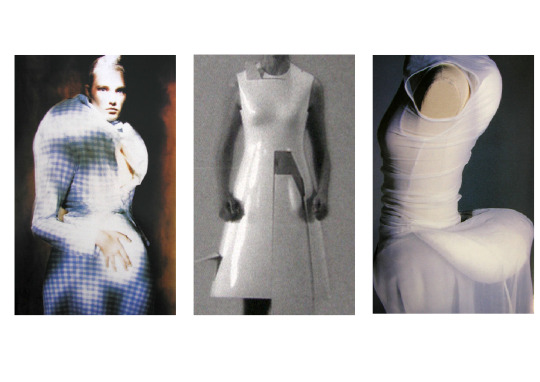
1 note
·
View note
Photo








Vol.2
Another series of textures and text/typography for which I have edited and created. I had found the text/typography from actual collective newspapers. I wanted the atmosphere of the animation to be dark, gritty, distorted and vivid in which similar in a somewhat way as my edit text/type/body copy in Vol.1. The idea behind the video animation to be dark and gritty is to represent injustice, wrongdoing, bad as well as inadequate information and unreliability within the political world/system and the best way to present this idea is to create a very much so gritty, dark, distorted out textures which I could then implement into the background of our animation to add more emphasis, detail and boldness and create a much more vivid visual; creating a much more so striking concept.
1 note
·
View note
Photo

DESIGNER: SEIRANT SUNO (example)
When it comes to creating the clothing itself, Tsuno has some unconventional methods. Working with only 3D pens, it takes her, and a team of five others, around a week to make a finished dress.
0 notes
Text
/ COLORWAY PRESENTATION

ALL IDEAS
0 notes
Text
/ HYPER TECHPACK


Nice idea, for a detail sheet in the tech pack. Since the garments in the collection are constructive. This could be used as a sheet where you can see the different components.
0 notes
